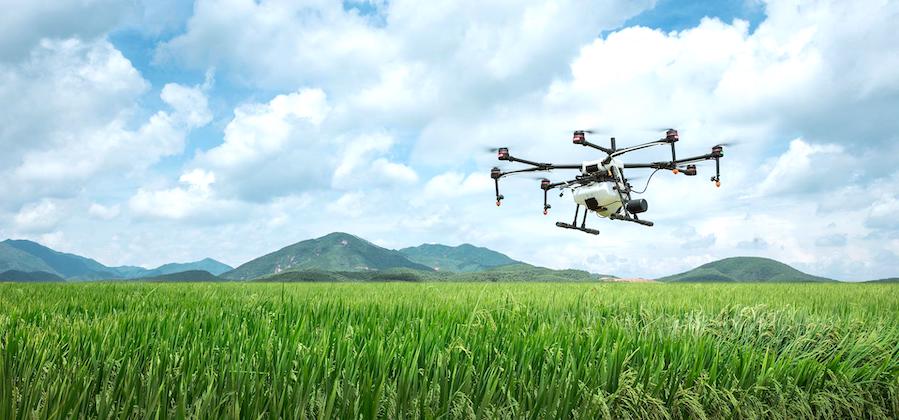
“The world’s population is expected to have grown by over a third from 2009 to 2050, an additional 2.3 billion people. To feed this number of people, food production will have to increase by around 70% from the 2005/07 levels (source: The World Bank). Meeting this world demand for food is going to need innovation in agriculture: selecting what to grow, how to grow it, learning how yields per acre of land can be raised, and by how much can waste be reduced? Innovation and breakthroughs do not have a history for banks and other traditional lenders and investors to weigh up the potential risks and returns. Crowdfunding for agriculture will accelerate the innovation in new foodstuffs and agritech required to feed over 9 billion people by 2050” writes Clive Reffell for CrowdSourcingWeek.
Population growth is expected to impact our future food security directly while increasing livestock numbers will contribute more methane to greenhouse gases. Increasing extreme weather events will affect more crops and more foodstuffs will be used in the manufacture of biomass fuels.
But it’s not all doom and gloom.
There’s still room for a significant reduction in food waste. Hydroponic farming can increase efficiency; improved crop selection and harvesting as well as a reduction in crop infestations can improve yields; and robotics and AI can help with all the above. And equity crowdfunding is playing a significant role in this important emerging sector of the food industry. Some examples of companies that have raised equity through crowdfunding are
- AKUA, who launched the world’s first kelp burger in 2019;
- Aerofarms, launched in 2004, now has indoor vertical farms across the US, has been listed on the NASDQ and is valued at $12.2 billion;
- Drone Ag Limited, a UK company, improving farming efficiency through automated drone use – checking crops for soil health and infestations as well as spraying crops;
- Small Robot Company, another UK company, using an autonomous robot and AI software to create a weed map for customers and to apply fungicides and biopesticides with precision;
- SmartOysters, in Australia, using GPS maps to keep track of every stage in an oyster’s development including scheduling and assigning tasks for management and maintenance of the oyster lease. The data can be used to de-risk farm investment and certify sustainability and provenance;
- Crover, a Scottish company, which builds robots to burrow into cereal crops in storage or transit, checking for humidity, temperature and pests.
“Crowdfunding for agriculture will accelerate the innovation in new foodstuffs and agritech required to feed over 9 billion people by 2050.”
If you want to learn more about robots and agriculture listen in to Mark DeSantis in this podcast.
Or read the original article here.
Image by Bildet er tatt av DJI-Agras from Pixabay

사설토토
Agricultural companies are crowdfunding to raise equity.